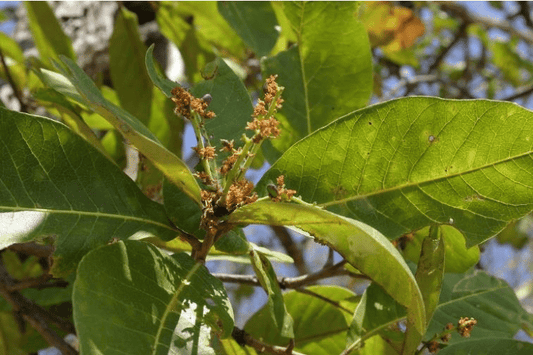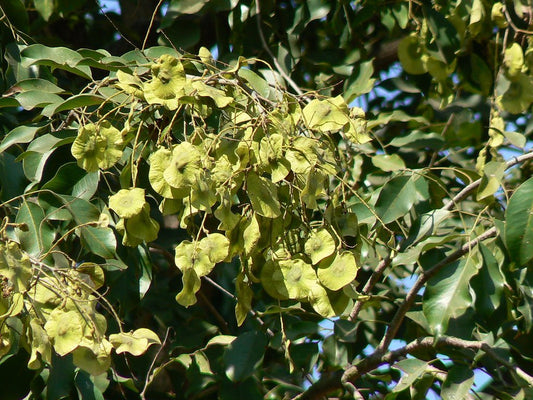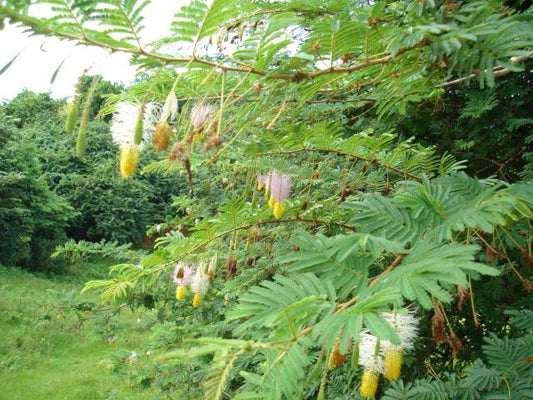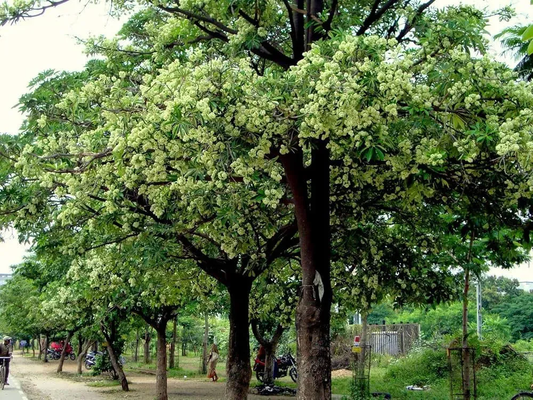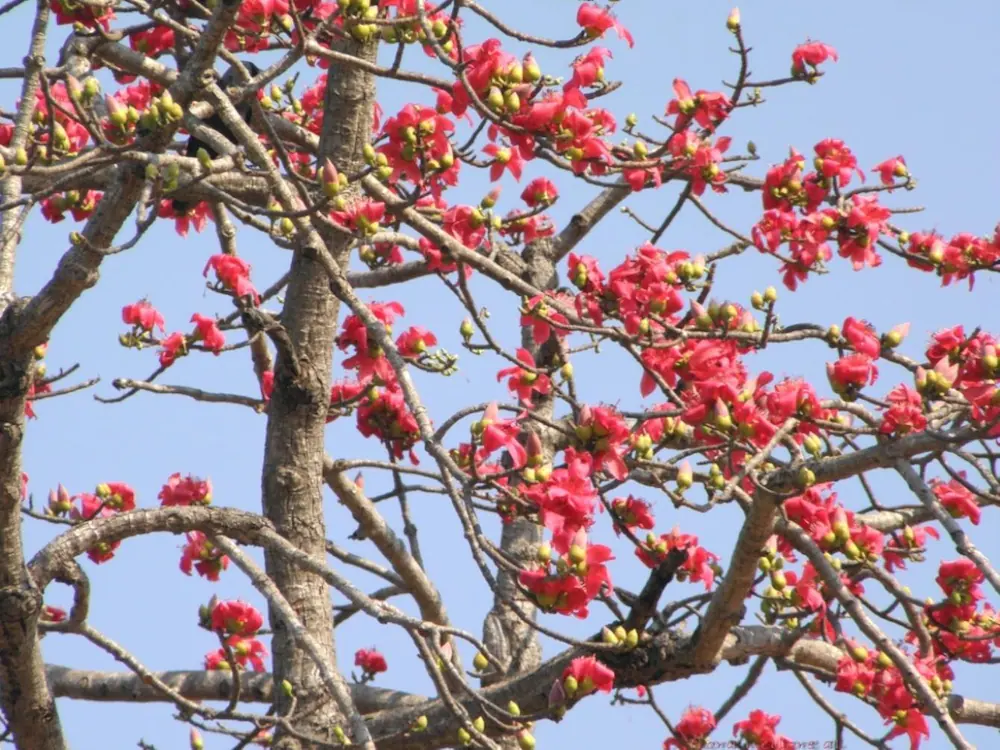

Nature often hides its treasures in plain sight, and the Semal Tree (Bombax ceiba), also known as the Red Silk Cotton Tree, is a prime example. Towering with elegance, this tree is celebrated for its striking flowers, cultural significa Read more
Semal Tree: Exploring the Majestic Silk Cotton Giant for Health, Cultu
You may also like
Corporate Plantations
Semal Tree Benefits
From healing wounds to soothing joint pain, the Semal Tree proves it’s more than a pretty face, offering health perks that rival your medicine cabinet.
Medicinal Properties of Semal Tree
Packed with antioxidants, anti-inflammatory compounds, and natural gum, this tree is a one-stop-shop for treating infections, improving immunity, and easing digestive woes.
Silk Cotton from Semal Tree
Light, fluffy, and eco-friendly, the fibers of the Semal Tree’s seed pods are the perfect sustainable alternative for cushions, mattresses, and insulation.
Cultural Significance of Semal Tree
Revered in Indian mythology and tribal traditions, the Semal Tree is a symbol of resilience, fertility, and prosperity, deeply rooted in cultural practices.
Semal Tree Flowers
These vibrant red or orange blooms aren’t just eye candy; they’re a powerhouse of antioxidants and are used to make herbal teas and natural dyes.
Environmental Role of Semal Tree
This towering beauty prevents soil erosion, supports pollinators, and sequesters carbon, making it an eco-warrior against climate change.
Semal Tree in Ayurveda
Known as “Shalmali,” this tree has been a cornerstone of Ayurvedic medicine, treating everything from skin issues to respiratory problems with natural remedies.
Semal Tree for Skin Health
The bark and flowers are perfect for clearing acne, soothing rashes, and rejuvenating skin, proving this tree knows how to keep you glowing naturally.
Semal Tree in Modern Research
Studies are exploring its anti-diabetic and antimicrobial potential, putting this ancient tree in the spotlight of cutting-edge science.
Uses of Semal Tree Wood
Lightweight and durable, the wood is ideal for making boats, furniture, and matchsticks, combining practicality with sustainability.
Semal Tree for Biodiversity
A favorite among birds, bees, and butterflies, this tree fosters vibrant ecosystems and keeps nature buzzing with life.
Conservation of Semal Tree
With deforestation threatening its existence, conserving the Semal Tree is crucial to preserving its cultural, medicinal, and environmental legacy.
FAQ
What is the Semal Tree?
The Semal Tree, also known as the Red Silk Cotton Tree, is a majestic tropical tree known for its vibrant flowers, medicinal properties, and eco-friendly silk cotton fibers.
Why is the Semal Tree called the Silk Cotton Tree?
The Semal Tree earns its name from its seed pods, which produce fluffy silk-like fibers used in pillows, mattresses, and insulation.
What are the health benefits of the Semal Tree?
From healing wounds to boosting immunity, the Semal Tree offers anti-inflammatory, antioxidant, and digestive health benefits, making it a natural medicine cabinet.
How is the Semal Tree used in Ayurveda?
Known as “Shalmali,” the tree is used to treat skin ailments, respiratory issues, and digestive problems, showcasing its versatility in Ayurvedic medicine.
What makes Semal flowers special?
These vibrant red flowers are rich in antioxidants and are used to make herbal teas, natural dyes, and remedies for inflammation.
How does the Semal Tree support the environment?
The tree prevents soil erosion, provides shelter for wildlife, supports pollinators, and captures carbon, playing a vital role in ecosystem sustainability.
Is the Semal Tree culturally significant?
Yes, the Semal Tree features in Indian mythology and tribal traditions as a symbol of fertility, resilience, and prosperity, often used in rituals and ceremonies.
What are the practical uses of the Semal Tree?
Its lightweight wood is used for boats and furniture, while its cotton-like fibers are perfect for eco-friendly mattresses, cushions, and quilts.
Can the Semal Tree help with skin health?
Absolutely! The tree’s bark and flowers are known for their antibacterial and anti-inflammatory properties, making them effective for acne, rashes, and skin rejuvenation.
What is the role of the Semal Tree in biodiversity?
The Semal Tree attracts birds, bees, and butterflies, serving as a keystone species that fosters vibrant ecosystems and supports pollinator populations.
Why is the conservation of the Semal Tree important?
With threats like deforestation, preserving the Semal Tree is crucial to safeguarding its ecological, medicinal, and cultural significance for future generations.
How does modern research view the Semal Tree?
Scientists are studying its potential in treating diabetes, infections, and chronic inflammation, giving this ancient tree a prominent place in future medicine.
Connect with us
-
👥 Corporates
If you are looking for:
- 🌲 Tree Plantation Events
- 📊 CSR Projects
📧 corporate@growbilliontrees.com
📞 +91 9699723523
💬 +91 9370599291 WhatsApp (Only)
🕒 Mon - Sat | 10am - 7pm IST
-
🧩 Tree Plantation NGOs
If you are looking for:
- 💰 Financial Assistance
- 🤝 Operational Support
📧 support@growbilliontrees.com
📞 +91 9699723523
💬 +91 9370599291 WhatsApp (Only)
🕒 Mon - Sat | 10am - 7pm IST
-
🌼 Individuals
If you are looking for:
- 👥 Group Tree Plantation Drive
- 🌳 Bulk Tree Plantation
📞 +91 9699723523
💬 +91 9370599291 WhatsApp (Only)
🕒 Mon - Sat | 10am - 7pm IST


